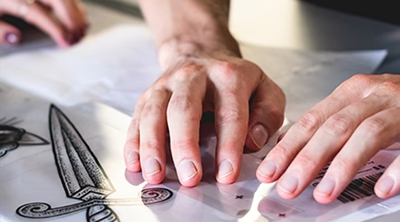Heat Transfer vs. Screen Printing: Which Method Is Best for Your Custom Printing Needs?
When deciding between heat transfer vs screen printing, it's important to understand the advantages and drawbacks of each method. Both have their unique strengths, and your choice will depend on factors like project size, design complexity, and durability requirements. Heat transfer vs screen printing can have a significant impact on the quality and longevity of your printed products, so making the right decision is crucial.
Heat Transfer Printing is often chosen for its ability to print detailed, multi-colored images with quick turnaround times. It's ideal for smaller batches or custom, one-off designs. However, it might not last as long as screen printing, especially when it comes to repeated washing or heavy use.
In contrast, Screen Printing is a traditional method known for its durability and ability to handle large volumes. While it requires more setup and is most cost-effective for large orders, it offers vibrant colors and long-lasting prints. The screen printing process can be more complex, especially for multi-colored designs, but it provides a professional finish for bulk runs.
If you're interested in improving your screen printing efficiency, screen printing software can be a great tool. Learn more about the best screen printing software options in this guide on how to make the most of screen printing tools.
Ultimately, whether you choose heat transfer vs screen printing will depend on your specific needs, budget, and production goals. Each method has its place, and knowing when and how to use each can greatly enhance your final product.
.jfif)


.jfif)
Comments
Post a Comment